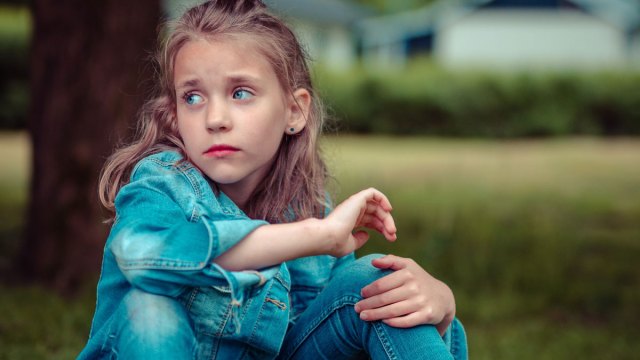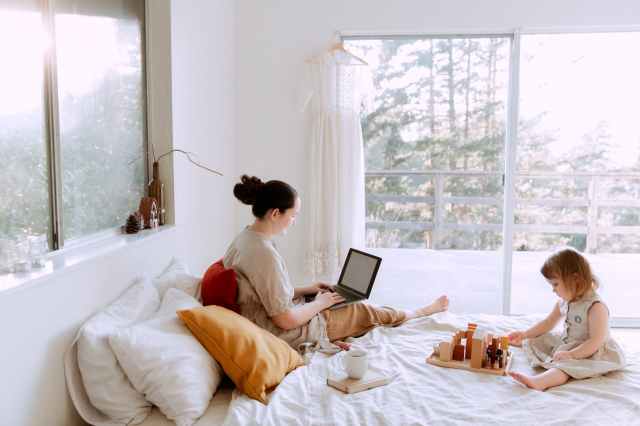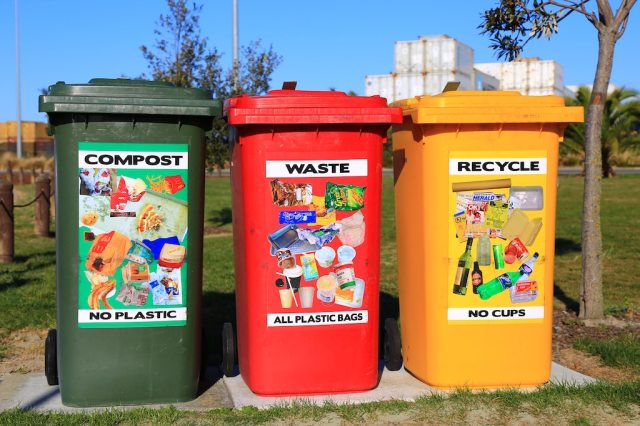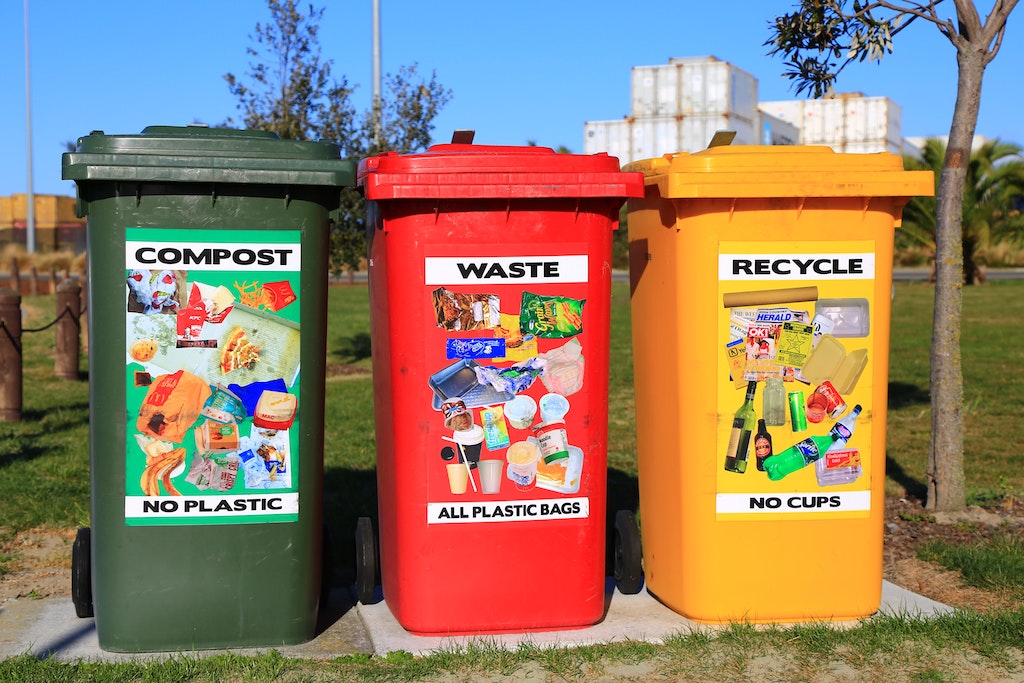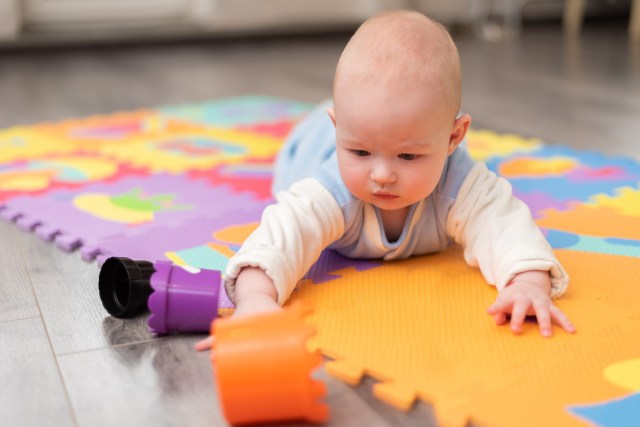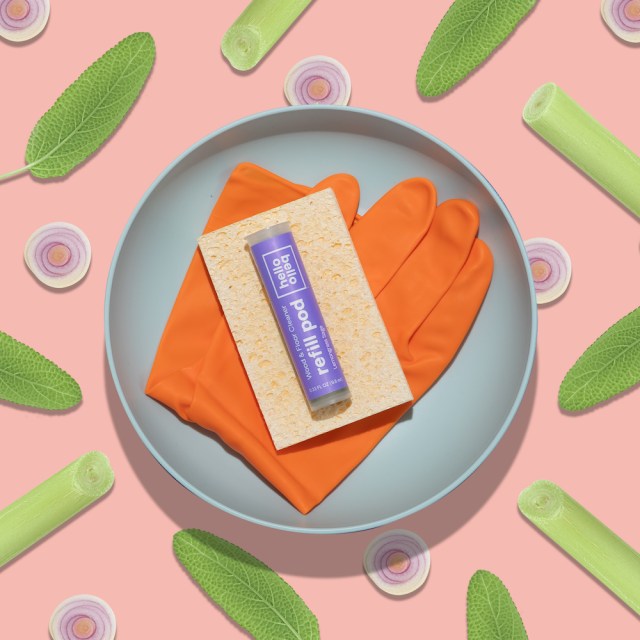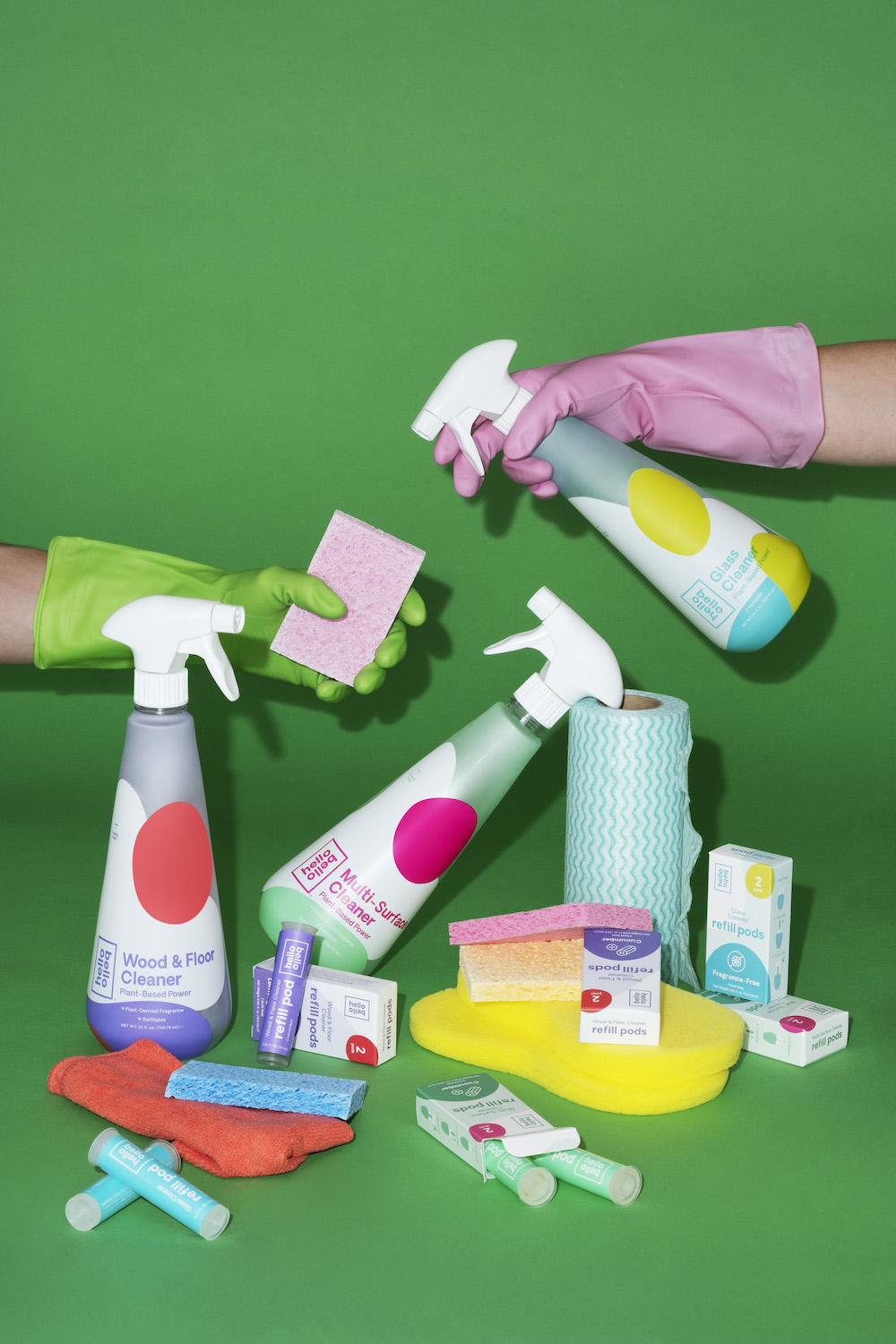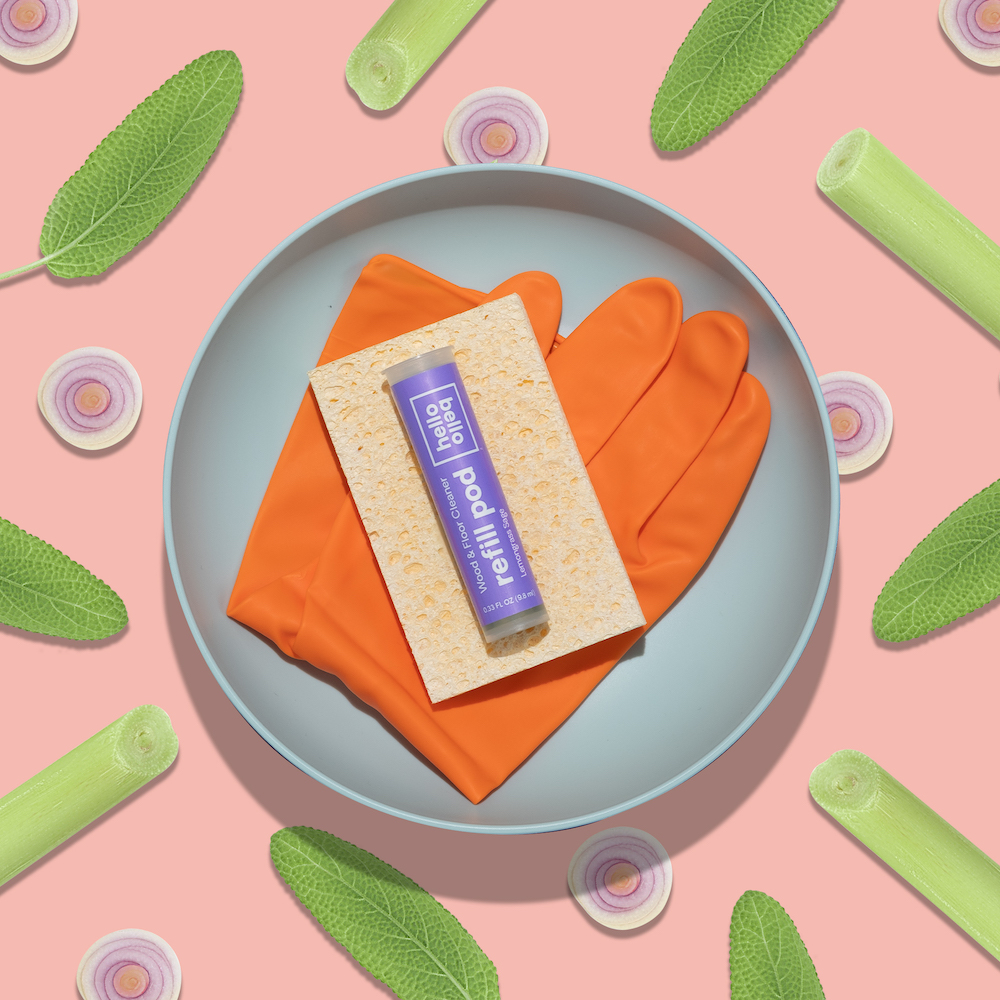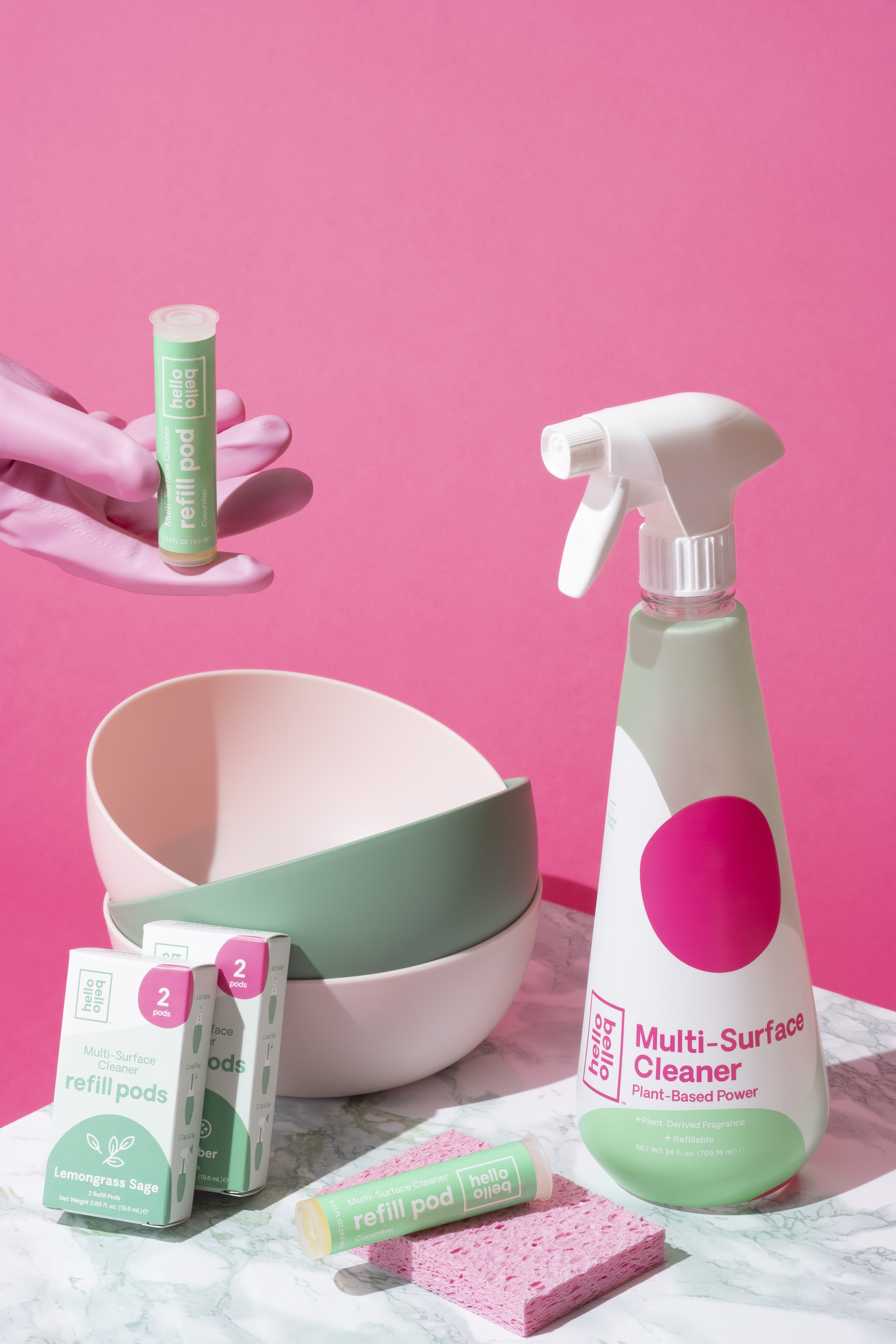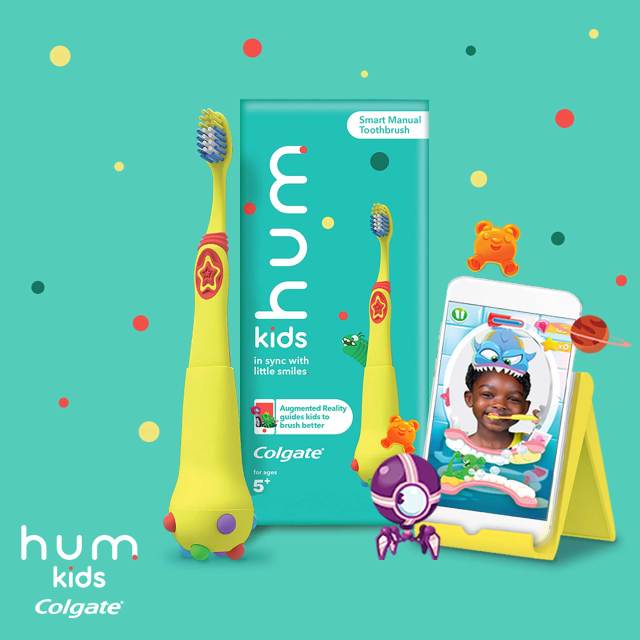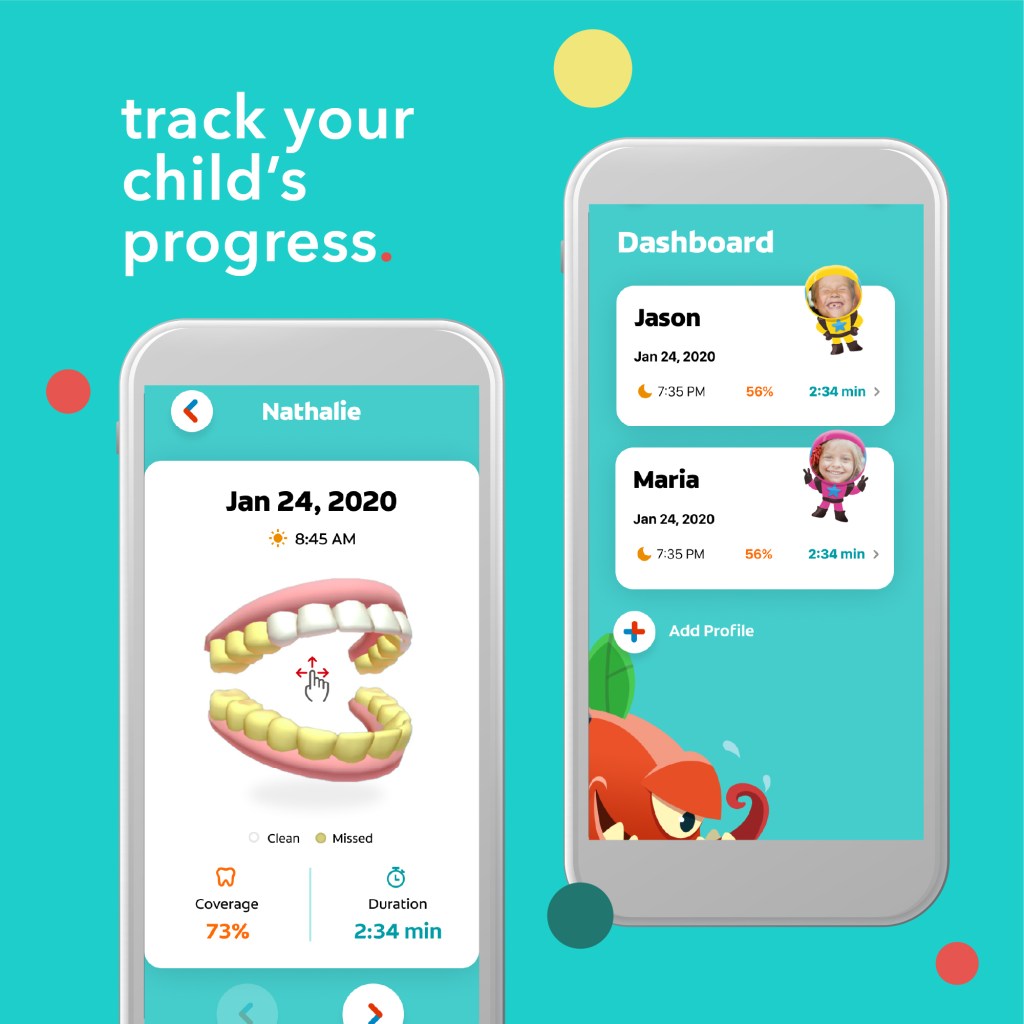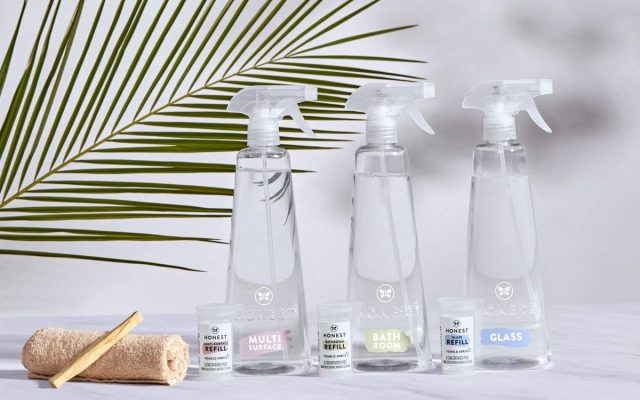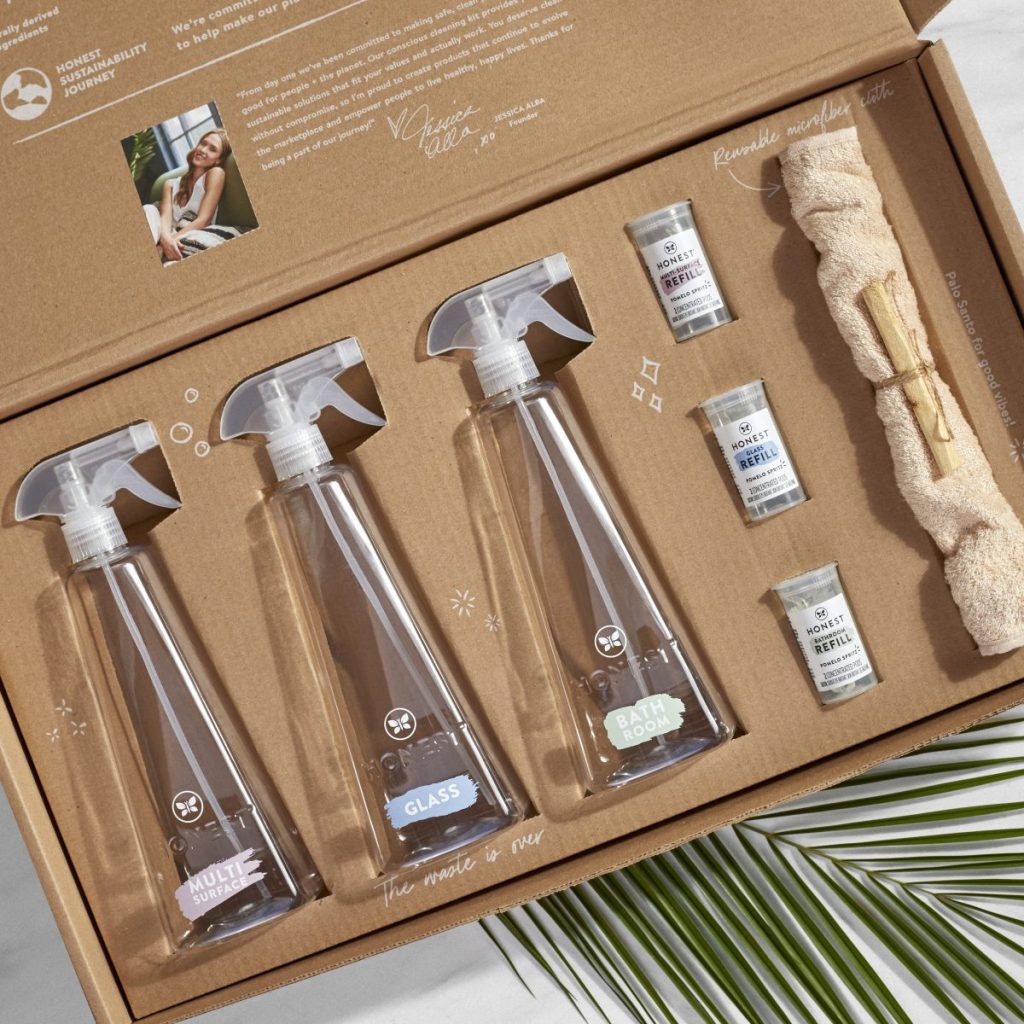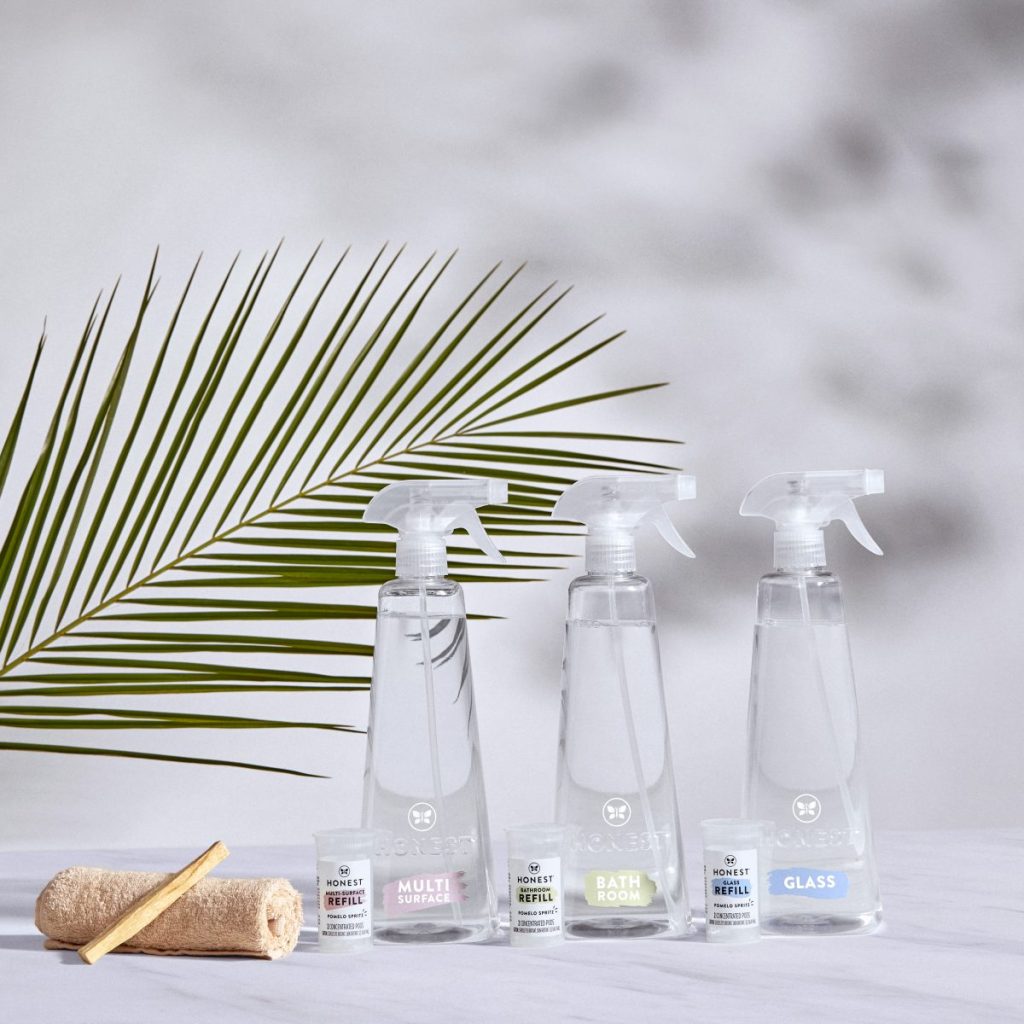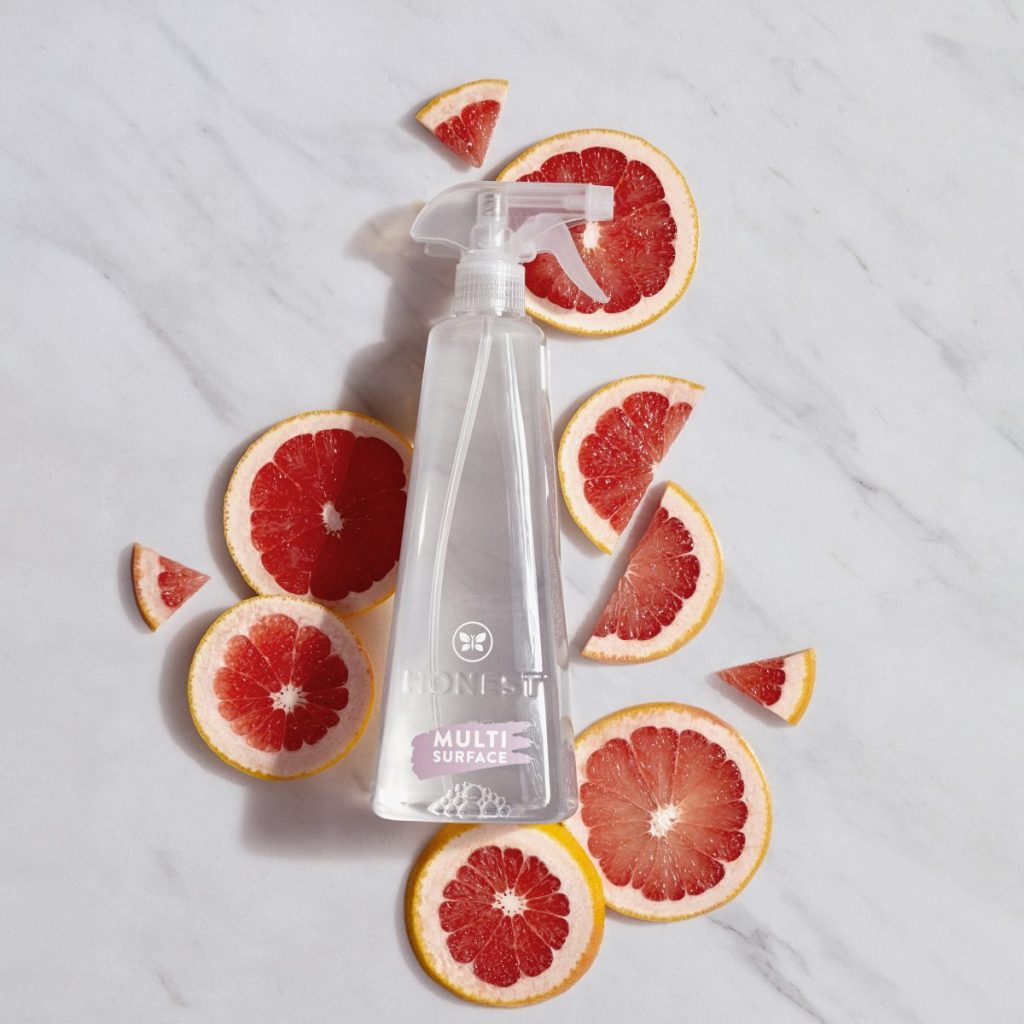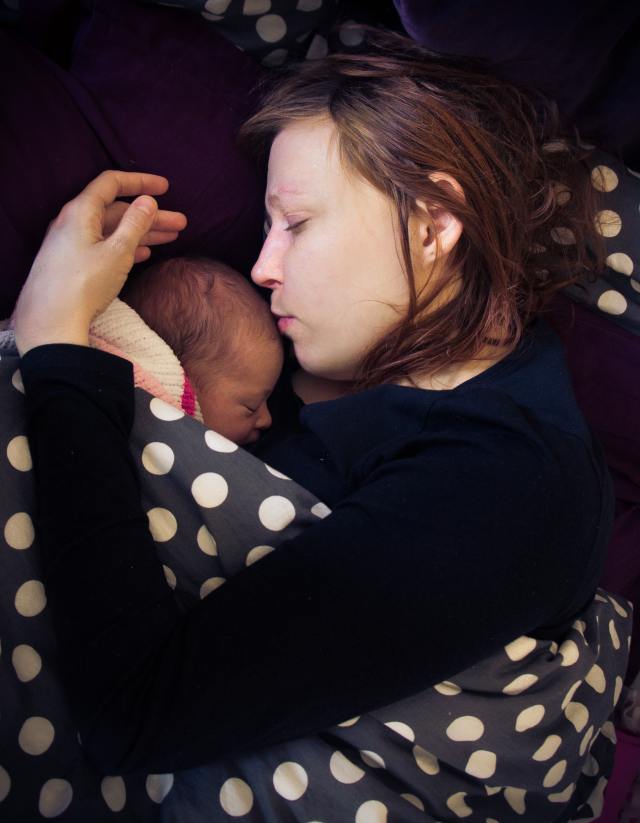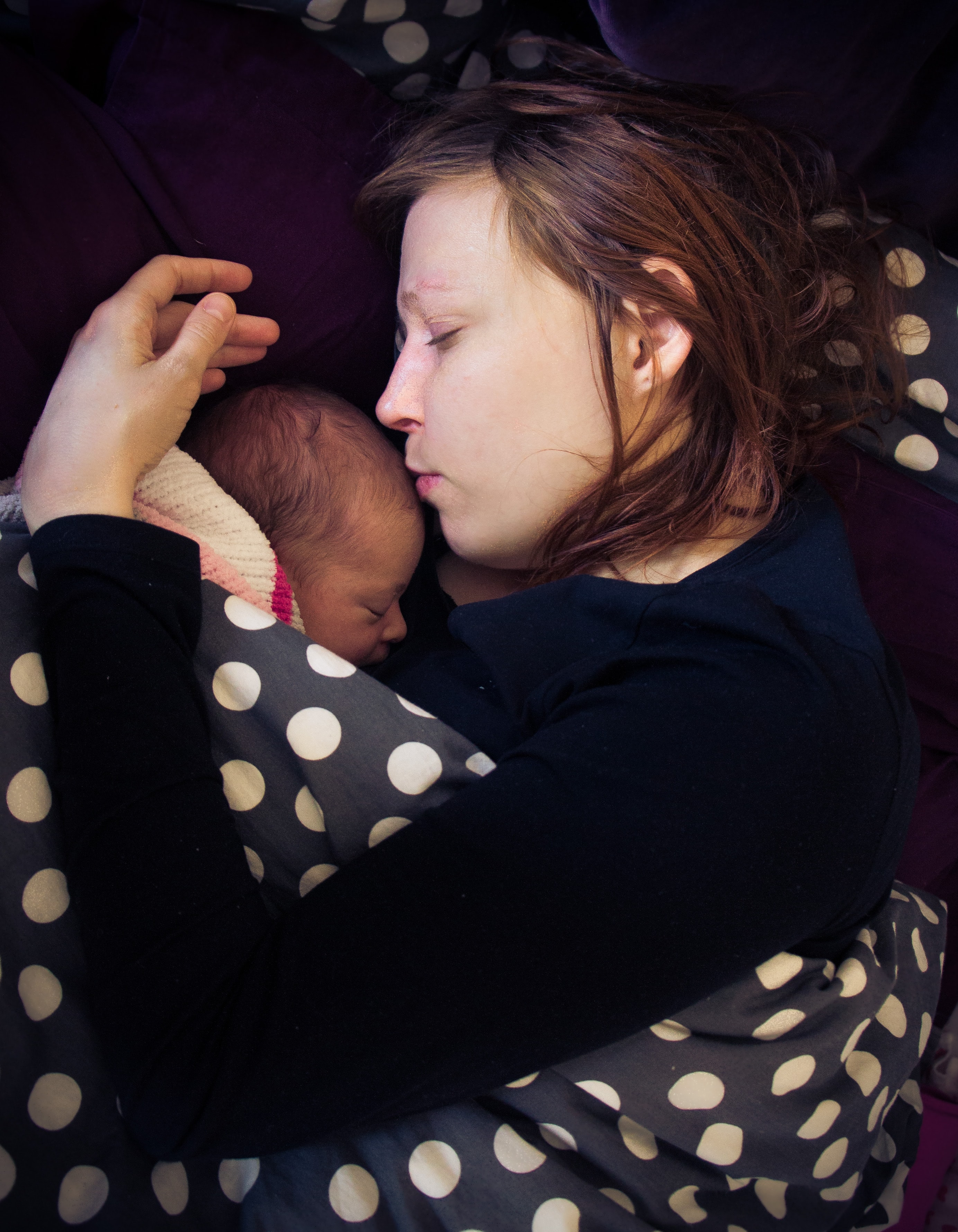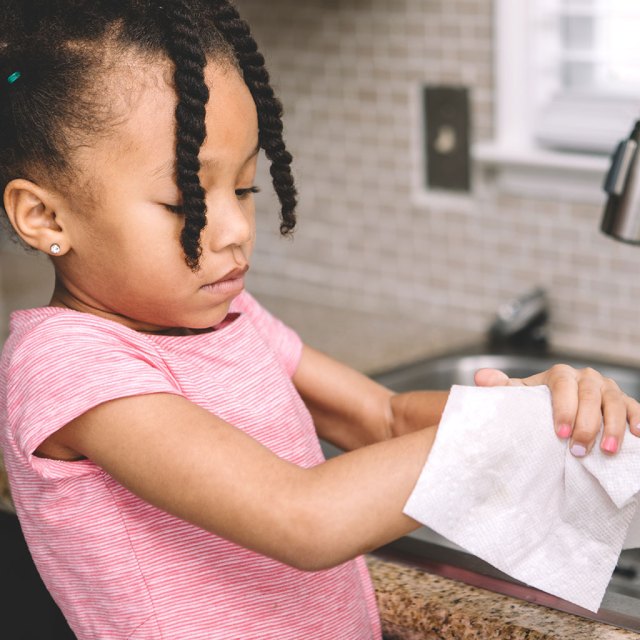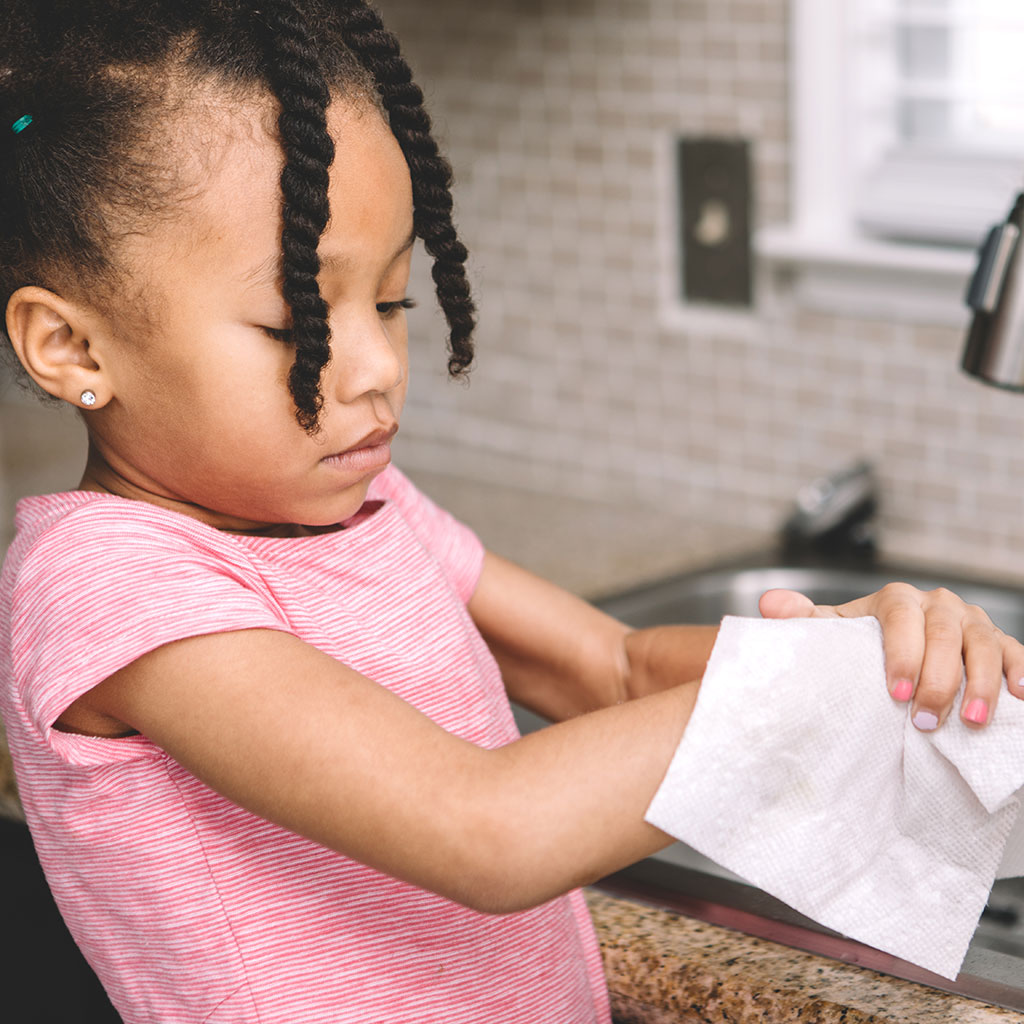Understatement of the year: Parenting while struggling with your own mental health is challenging. The truth is, as much as we don’t like to hear it, the ways we manage our own anxiety and stress—positive or negative—can impact our kids. But, before you can help your child, you have to learn to manage your own stress and anxiety in healthy ways.
All of us react poorly at times when we’re overwhelmed or frustrated. We raise our voices at our child when we shouldn’t or we let little things bother us that normally would not. It’s not until our child does the same thing two weeks later that we remember…those small, observant humans are always watching.
Kids observe us as parents because they are seeking information on how to interpret ambiguous situations. So, if you, the parent, seem worried, afraid, or anxious on a frequent or consistent basis, your child may conclude that certain scenarios are dangerous or triggering.
Having anxiety does not make you a bad parent. I cannot iterate this enough.
Having anxiety as a parent just means that it’s especially important for you to learn stress management techniques and model this for your child. In fact, “A big part of treatment for children with anxiety is actually teaching parents stress tolerance. It’s a simultaneous process—it’s both directing the parent’s anxiety, and then how they also support and scaffold the child’s development of stress tolerance.”—Dr. Laura Kirmayer, a clinical psychologist.
As you learn and actively practice managing your own anxiety, you are paving a path for your child who is observing your behavior. From you, they are learning how to address situations of uncertainty or doubt. No pressure, right?
Here are some Child Mind Institute-approved ways we can positively model anxiety management for our kids.
First, explain your anxiety when your child sees it.
Let’s say, you lose your temper on bring-your-kid-to-work day because you’re running late for a meeting and traffic is terrible. Later in the day, when things calm down, it’s a good idea to address that moment with your child.
Do you remember when dad was angry in the car this morning? Well, I was feeling anxious because I was running late for a meeting and the way I managed my anxiety was by yelling at all of the other drivers on the road. But, there are other ways to manage anxiety. I will brainstorm some better ways that I can handle this situation next time so that I don’t let traffic ruin my morning or yours.
Second, talk openly about your anxiety.
This is important because it lets your kids know they have permission to feel stress but also that stress is manageable. You may not want your child to be the eye witness of your every anxious moment, but you also don’t have to hide your emotions.
It’s actually healthy for kids to observe how their parents cope with stress every now and then. When we keep our children from seeing us anxious, stressed, angry or sad 100% of the time, we inadvertently send the message that they do not have permission to feel those emotions and that, when they inevitably feel these emotions, there is no appropriate way to manage them.
Third, make a plan.
Be prepared to manage situations that trigger stress. If you know you have a day full of stressful meetings coming up, plan to step aside and take a few deep breaths in between each meeting. If you know your mother-in-law is staying at your place, plan your reaction when she asks why the house isn’t cleaner.
Fourth, know when to disengage.
If you know that a situation causes you a great deal of stress, figure out how to remove yourself from the situation. For example, if you have separation anxiety from dropping your kids off at soccer practice, try swapping carpool schedules with a parent. If they drop off, you’ll pick up. Of course you eventually want to be able to take your child to practice but, if you are still working through this, it’s okay to carpool. You want to avoid letting your tone or facial expressions lead your kids to believe there is something dangerous about being dropped off at practice.
Take some time for yourself to engage in a stress-relieving activity when you feel a bout of anxiety coming on in the presence of your child (even if it’s just taking a few deep breaths). This is way easier said than done, but can save you hardships in the long run.
And finally, find a support system. Like, actually do it.
Even if you’re a single parent, you really do not have to do it alone. Identify people in your life (text them right now or, if it’s late, tomorrow morning) who will help out when you feel overwhelmed or follow up with encouraging words when you need them. This could be your spouse, a therapist, another PTA parent, an in-person or virtual support group, etc.
You can also find support through social media, blogs, or other online forums. Lots of parents are passionate about mental health and parenting and they write about it publicly.
I leave you with this: You aren’t expected to manage your stress right every time. The cool thing about having a kid is that they force us to grow into the type of people we want to be because we, whether we choose to or not, lead by example. If you’re thinking that stress management is something you need to fix about yourself, reframe that. This is an opportunity to grow personally and to grow with your child.
To learn more about explaining anxiety to your kids, check out maro by BeforeWeBegin.
Works cited: Brigit Katz is a staff writer at Tina Brown Media’s Women in the World. Her writing has appeared on NYtimes.com, N. (2020, April 07). How to Avoid Passing Anxiety on to Your Kids.
